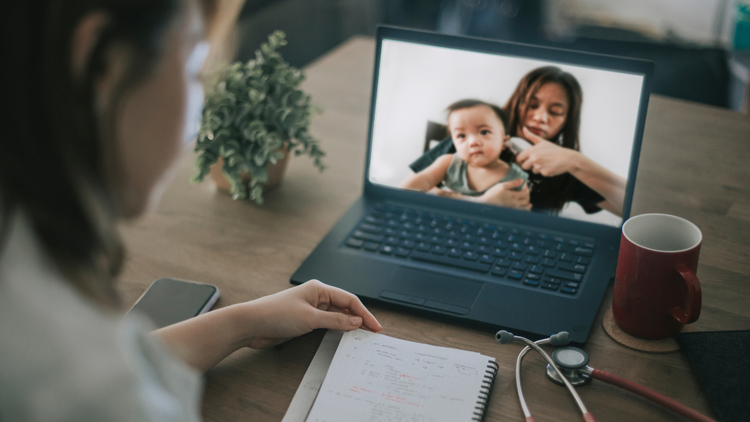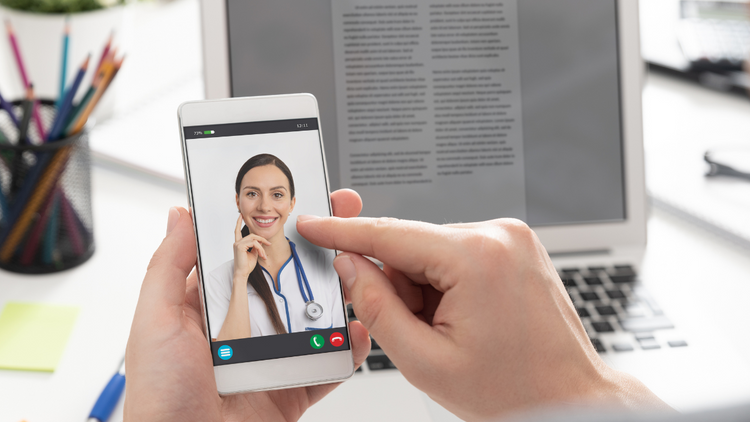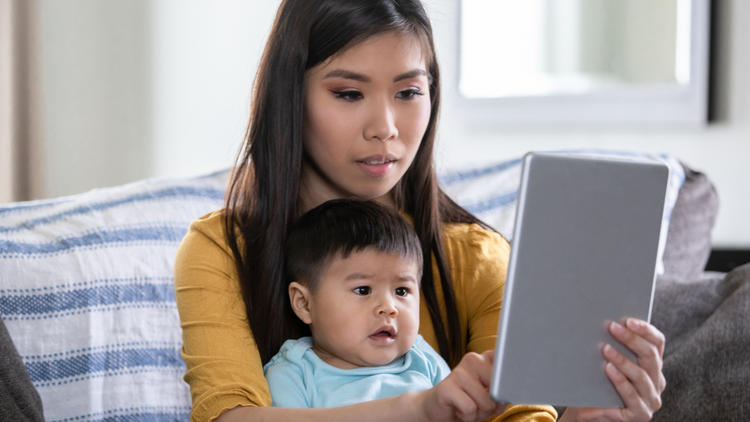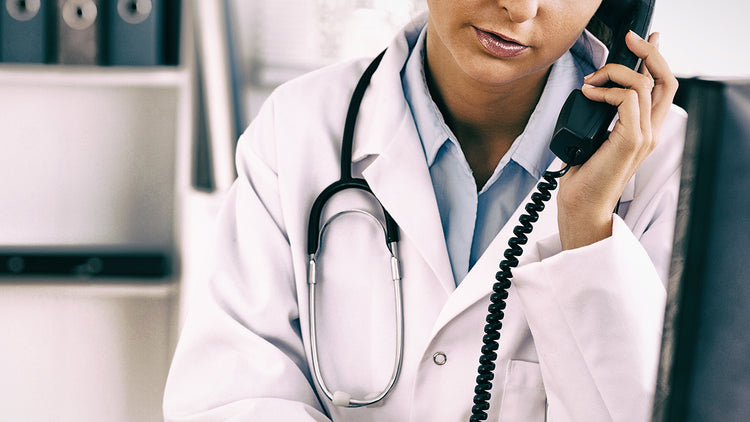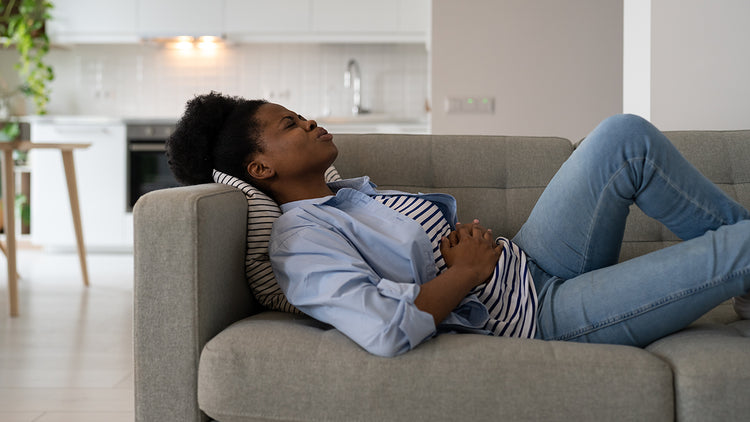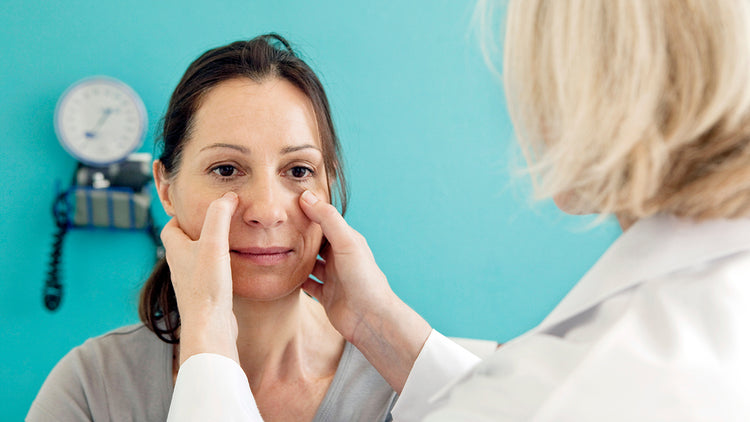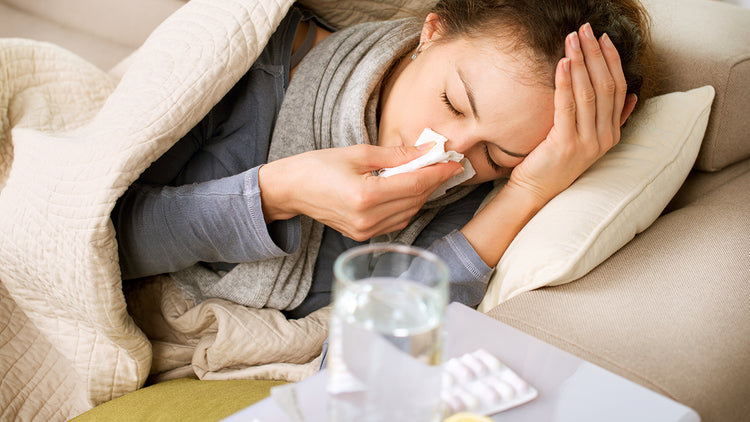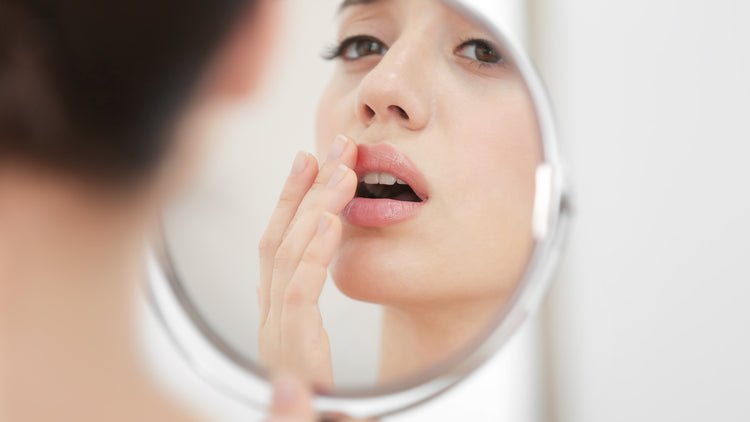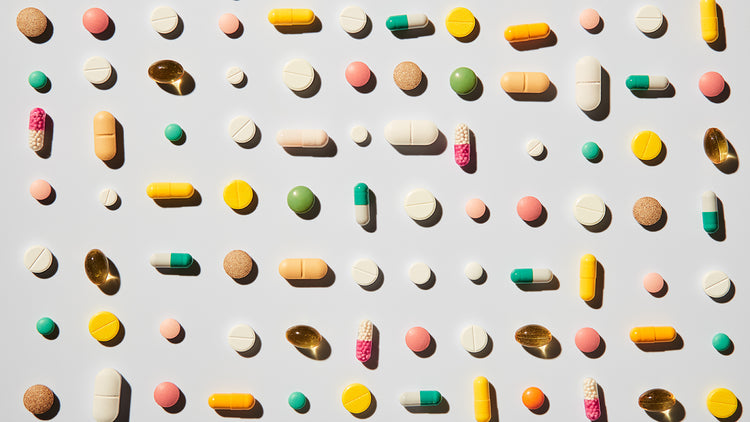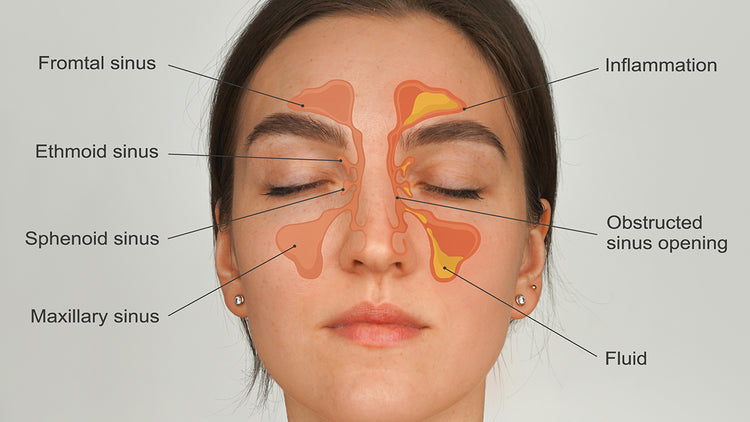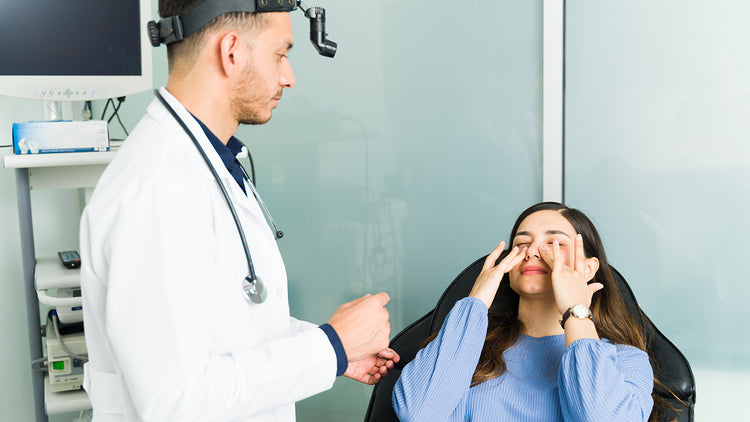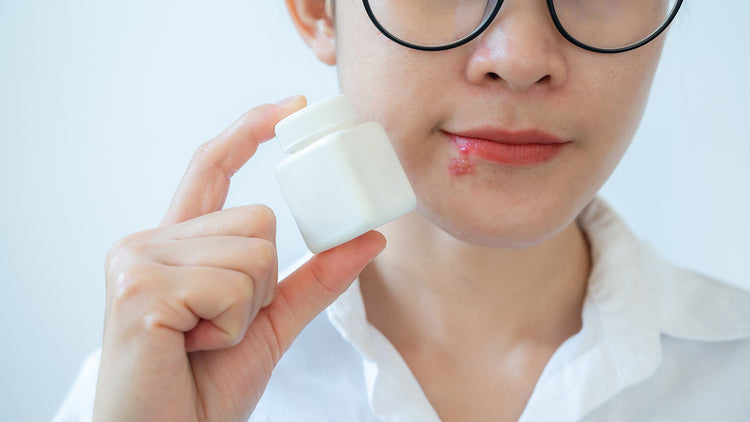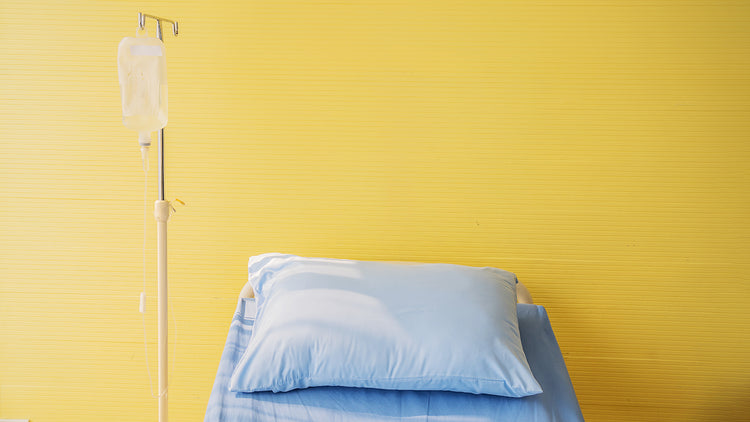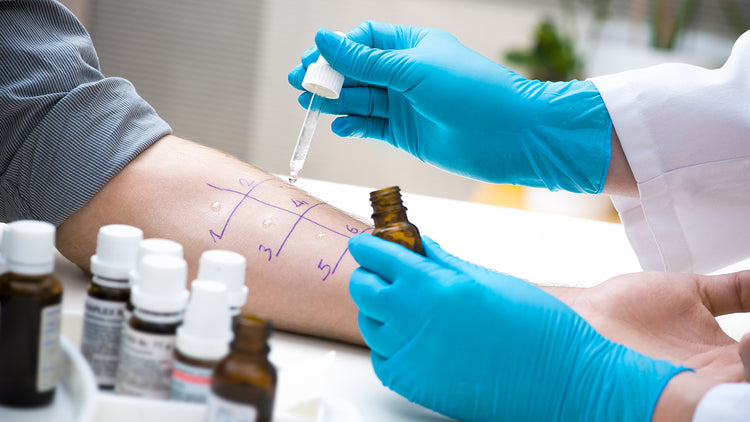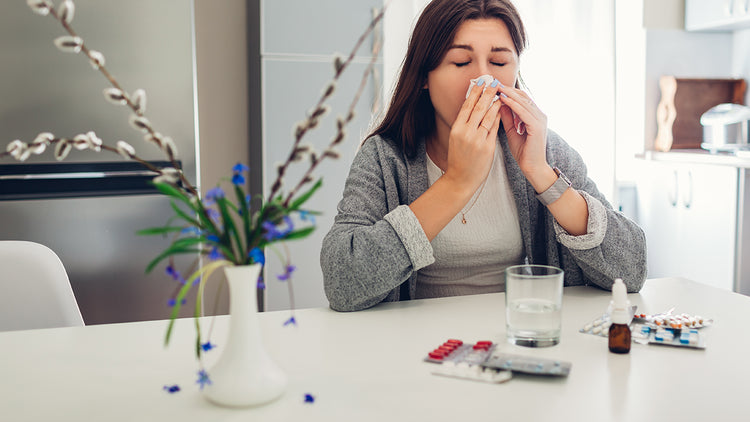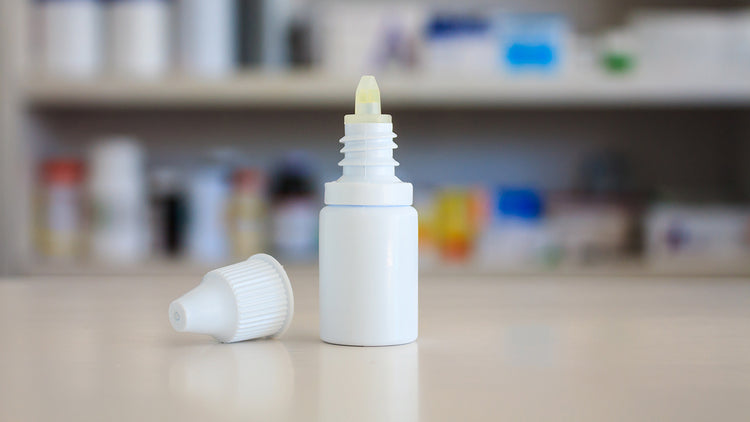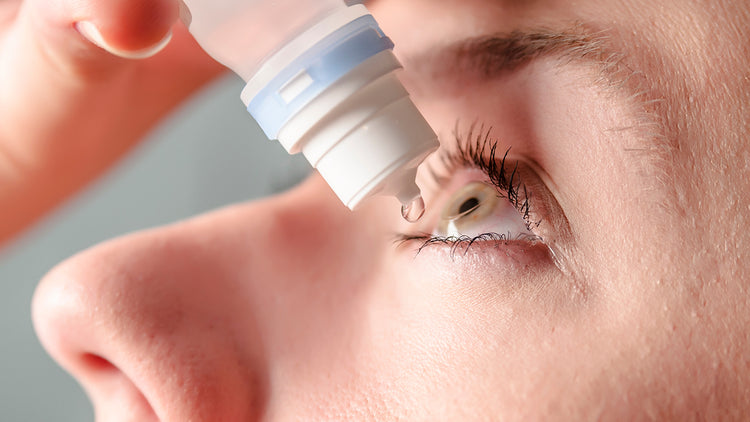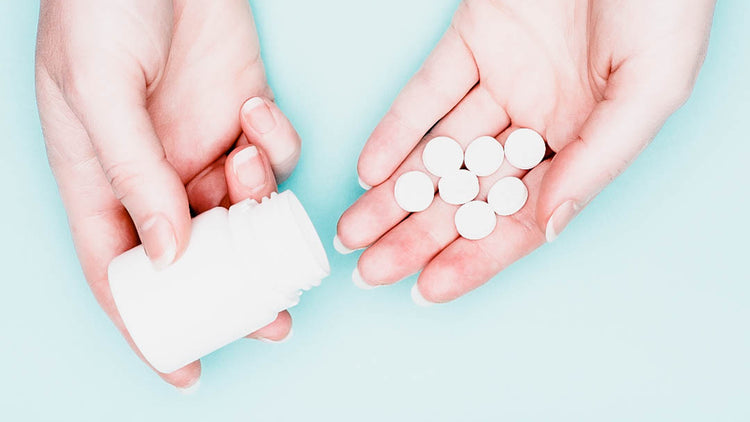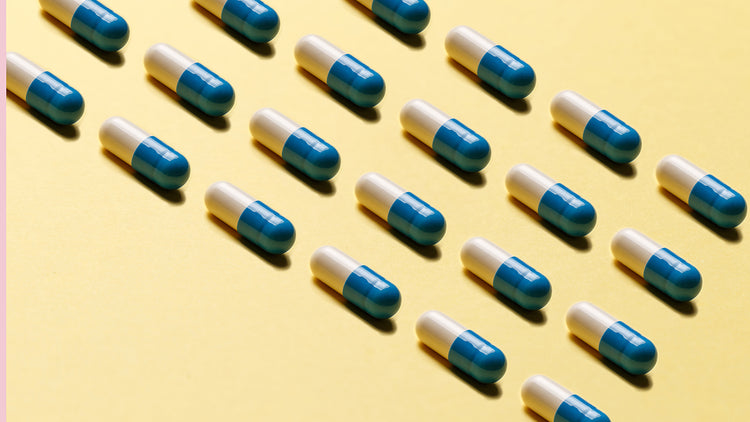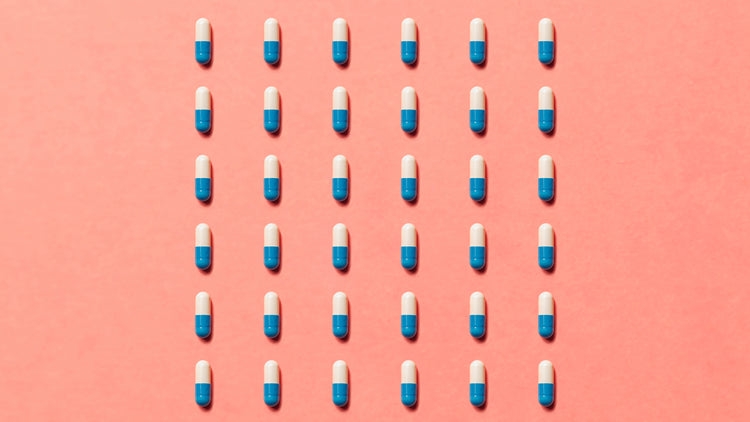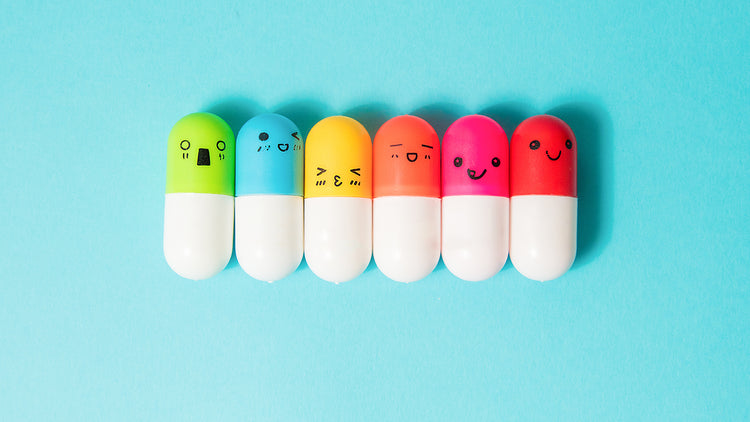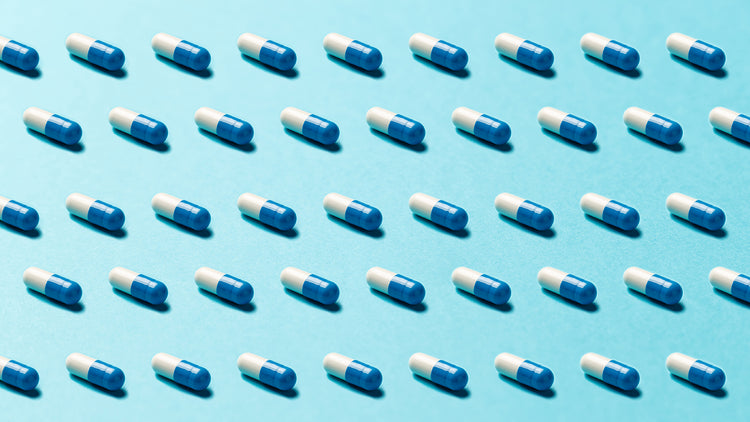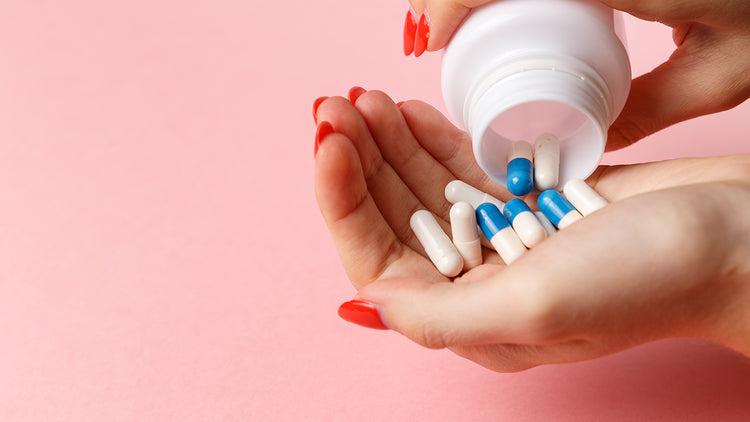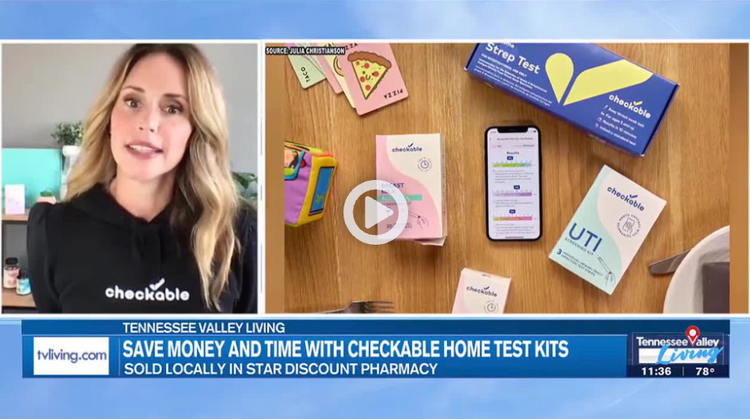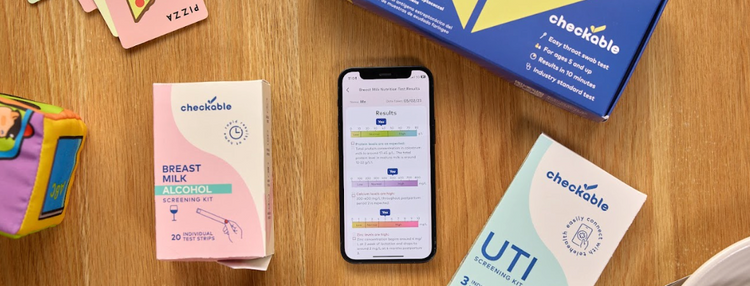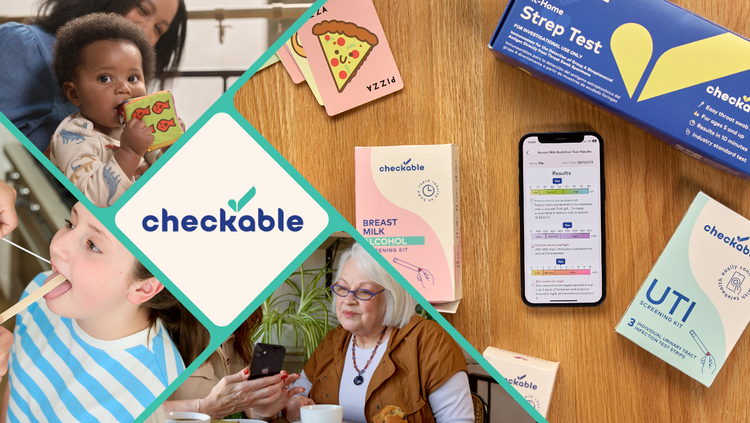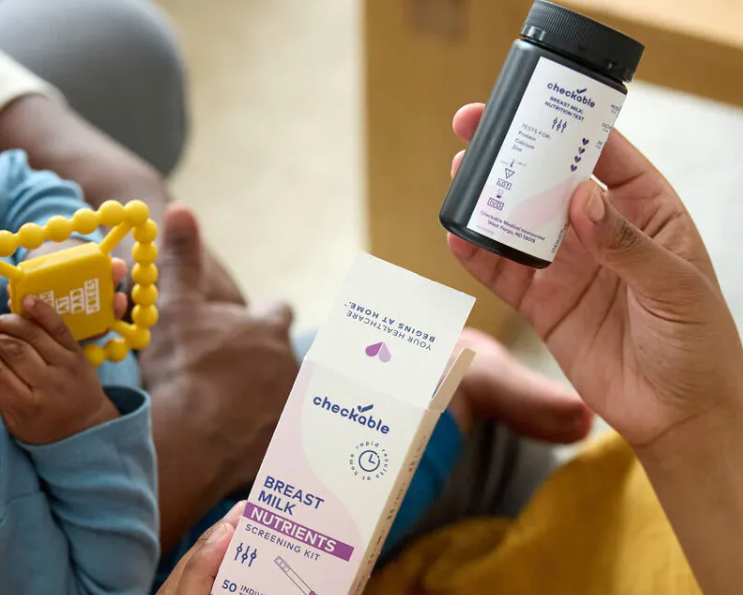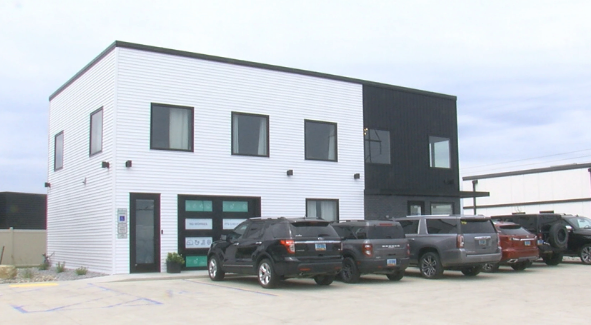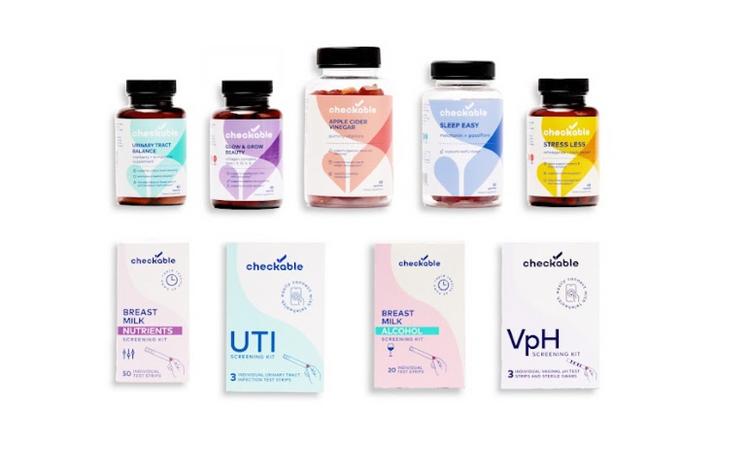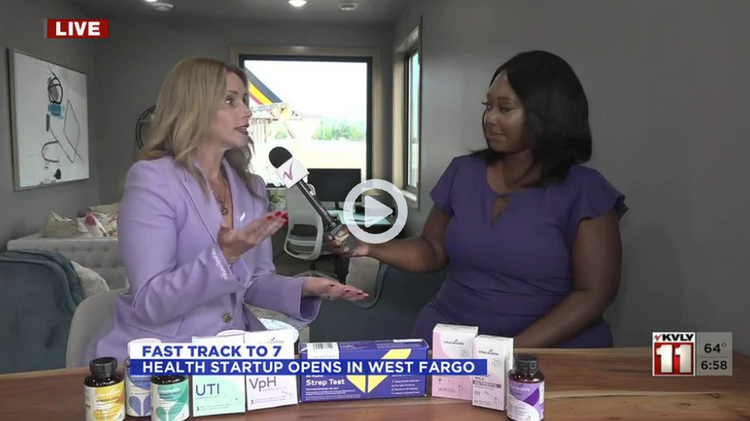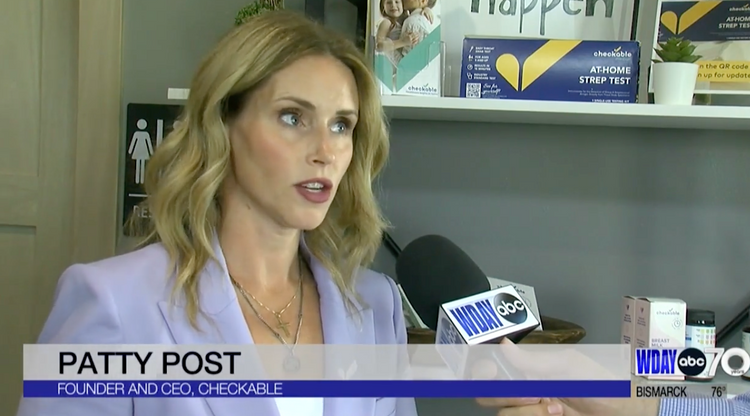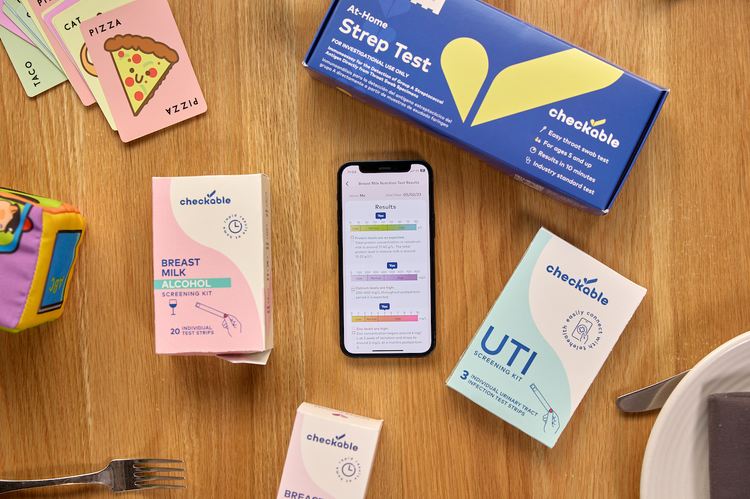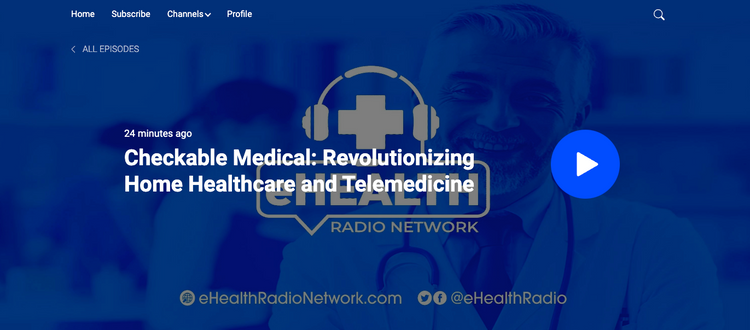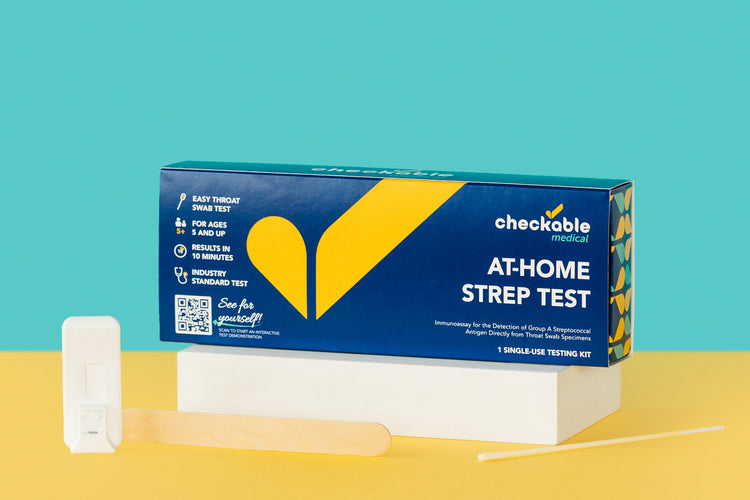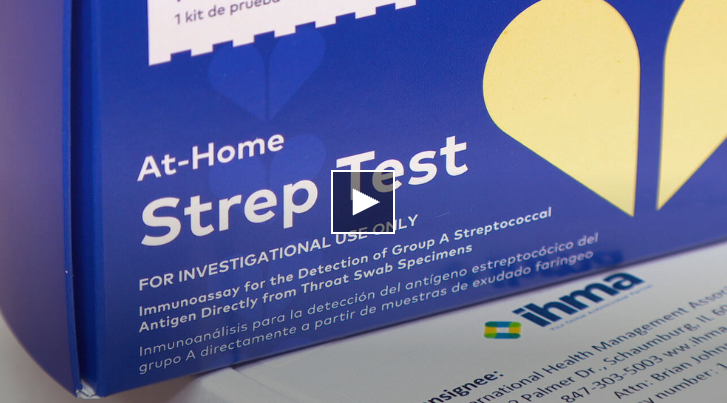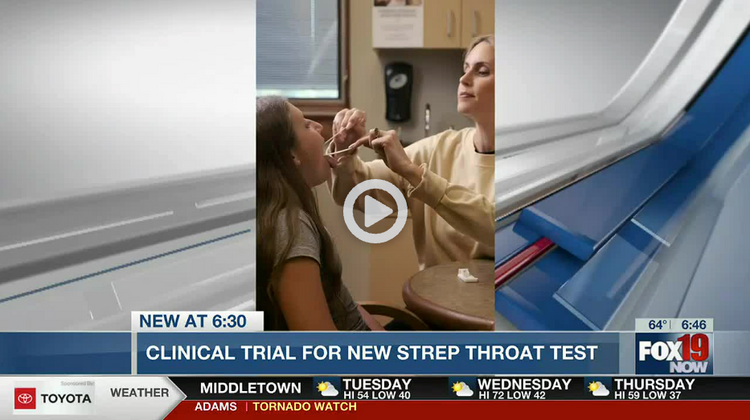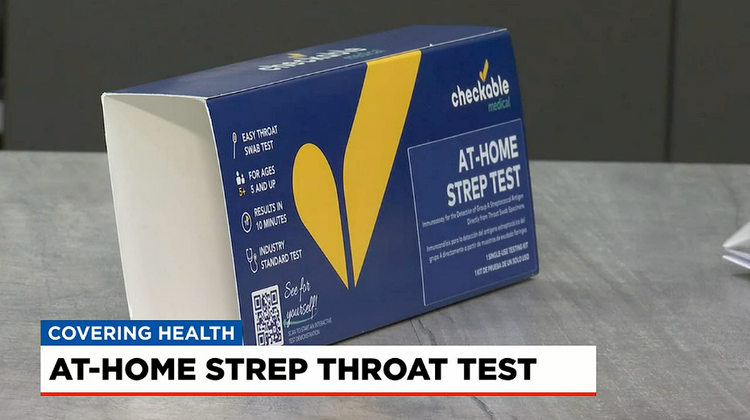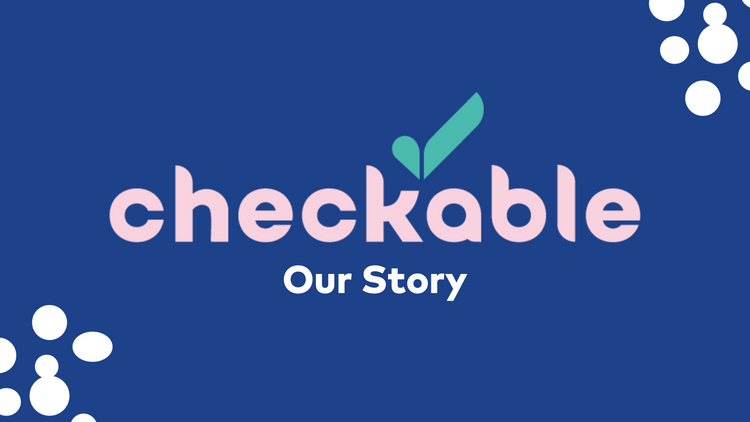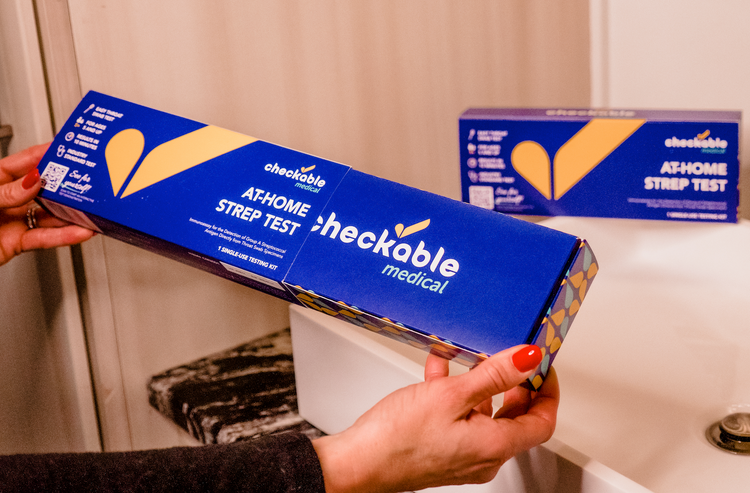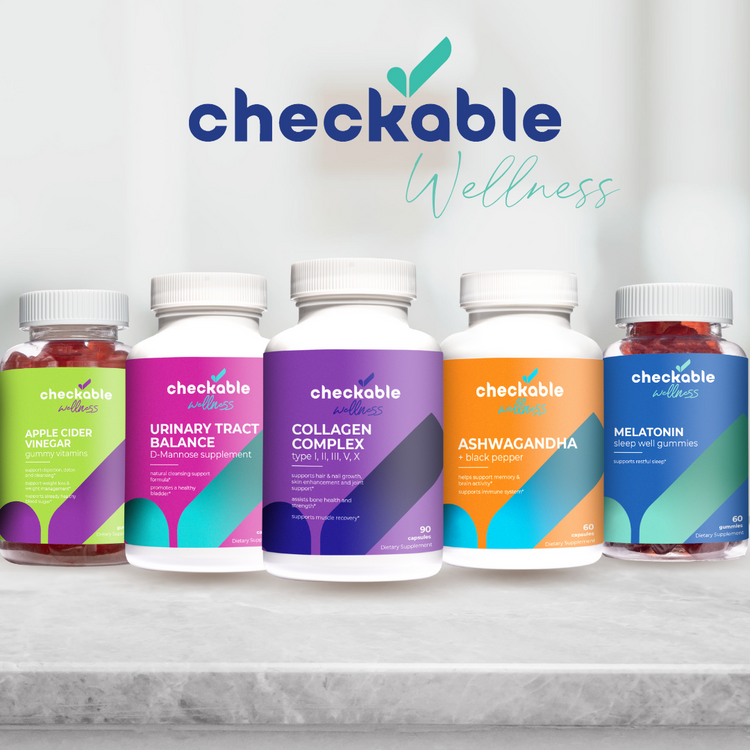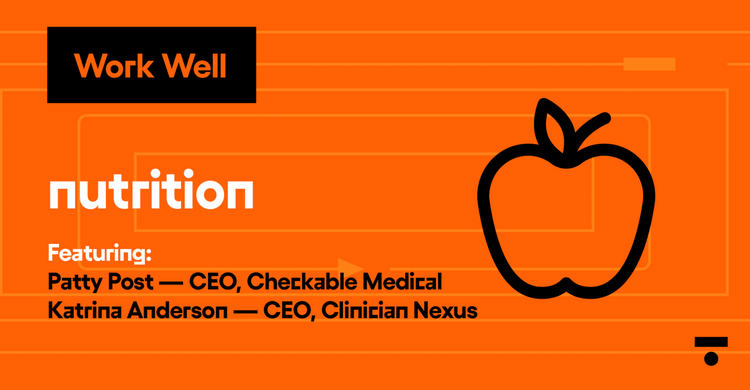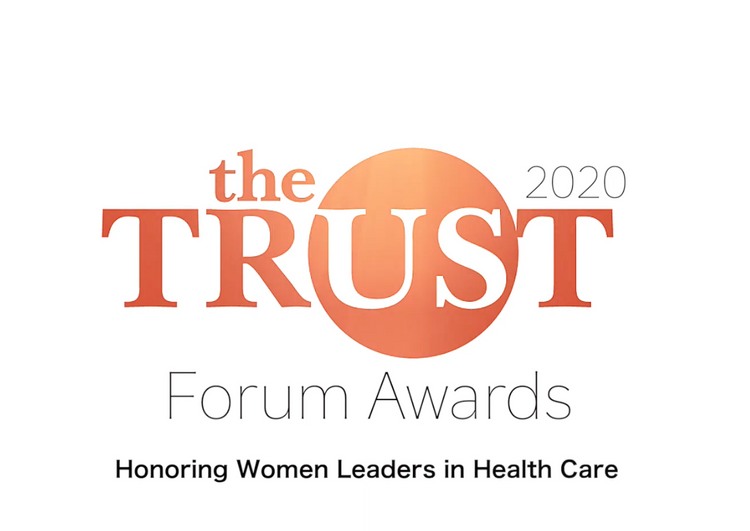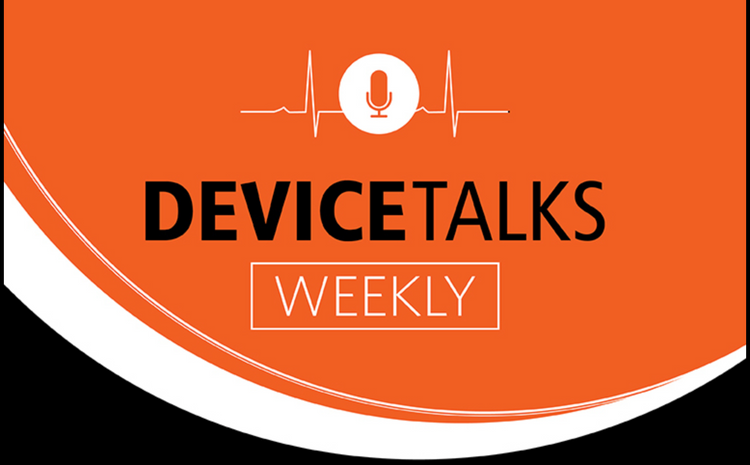
If you've received any healthcare services in the last few years, chances are you've used some technology to access care. Whether you've noticed it or not, you've increasingly used more technology in healthcare, including booking appointments online, filling out digital check-in forms, talking to your doctor through video, and/or using a home diagnostic kit to test yourself for an infection. In this article, we explore how tech in healthcare is transforming the patient experience.
What Is Technology in Healthcare, and How Is it Transforming the Patient Experience?
Technology in healthcare is exactly what it sounds like. It's the use of computers or tools to make healthcare better. It's great for patients because it lowers the cost of healthcare services without compromising on the quality you receive.
Many healthcare services have shifted from in-person to virtual. This option lets you speak to your doctor, get your prescriptions, and ask for medical advice without having to leave home, transforming the patient experience through quality and efficiency.
Examples of How Technology Has Improved Healthcare Services for Patients
Although there are many examples of technology in healthcare, two of the most innovative are telehealth and home diagnostic tests.
Telehealth
At the peak of the COVID-19 pandemic, telehealth encounters increased 766% to promote social distancing. Although social distancing is no longer essential, healthcare organizations continue using telehealth.
Telehealth involves electronic conversations between you and your provider. Its primary purpose is to allow for virtual diagnosis, treatment, and follow-up care. This process can happen in various forms of communication, such as phone calls, video chats, or apps.
Research shows that telehealth brings many benefits, including the following:
- Increased access to care
- More effective treatment
- Better patient engagement
- Cost savings
Home Diagnostic Tests
Home diagnostic tests are another form of innovative tech in healthcare. They usually come in kits you can buy online or at a supermarket. They allow you to test for certain conditions in the comfort of your own home. Most test kits require a small sample of your bodily fluid, such as urine or saliva.
For example, Checkable's UTI diagnostic screening kit is an affordable way to determine if you have a UTI. When something's not quite right down there, simply open the box, and you’ll find easy-to-follow instructions with the kit. Within a few minutes, you'll find out if you have a UTI.
The best part about this kit is that it easily connects you with a doctor through telehealth if your test is positive. From there, you can get an antibiotic prescription, track your medications, and set reminders to take your doses through the Checkable app.
Besides telehealth and home diagnostic tests, you also use technology in healthcare when you do the following:
- Access your personal health information through digital portals
- Make appointments online
- Fill out digital check-in or self-assessment questionnaires
- Use health monitoring devices at home
How Can Patients Benefit from Technology in Healthcare?
As a patient, you gain two essential benefits from technology in healthcare:
- Empowerment. Technology in healthcare empowers you to take the lead in making decisions about your health. For example, when you feel the symptoms of a cold coming on, you can take a simple home diagnostic test to see if you have COVID-19 or some other viral infection. Because home diagnostic tests provide you with detailed instructions, you can immediately interpret results without medical training. You take control of your health by deciding the following steps to take.
- Convenience. The most significant benefit of technology in healthcare is convenience. You save time and money by using technology. For instance, home diagnostic tests can save you the headache of making a doctor's appointment, taking time off work, and finding childcare if you have young children. You can be more relaxed and wait for results at home, decreasing your need to spend hours in a waiting room, anxious for a diagnosis or test results. Home diagnostic tests are also relatively cheap compared to the cost of a visit to the doctor.
What Challenges Come with Using Technology in Healthcare?
Although technology in healthcare continues to improve the patient experience, it can also come with some challenges.
In the case of telehealth, some challenges include the following:
- Possible technical difficulties. This challenge includes poor internet connectivity or the inability to log into platforms.
- Privacy and security risks. The law mandates that all telehealth platforms be highly encrypted, but no software or platform is entirely safe from hackers or security breaches.
- Incomplete physical exams. Because of the virtual nature of telehealth, doctors cannot perform specific actions that complete their physical exam, such as listening to heart and lung sounds. Sometimes, this can lead to incorrect diagnoses and treatments.
What’s the Future of Technology in Healthcare?
Healthcare companies always want to stay ahead of their competition. They do this through technology, which helps them save money and improve patient experience. For example, many biotech companies are working on innovations for affordable patient-centered home diagnostic tests for viral infections.
As you can see, technology plays an essential role in healthcare. It’s highly likely that it will only get better as the industry continues to progress.
References
Daley, S. (2022, September 19). Healthcare technology 101. Built In. https://builtin.com/healthcare-technology
Gajarawala, S. N., & Pelkowski, J. N. (2021). Telehealth benefits and barriers. Journal for Nurse Practitioners, 17(2), 218-221. https://www.npjournal.org/article/S1555-4155(20)30515-8/fulltext
Haque, S. N. (2020). Telehealth beyond COVID-19. Technology in Mental Health, 72(1), 100-103. https://doi.org/10.1176/appi.ps.202000368
LeRouge, C., Durneva, P., Lyon, V., & Thompson, M. (2022). Health consumer engagement, enablement, and empowerment in smartphone-enabled home-based diagnostic testing for viral infections: Mixed methods study. JMIR mHealth and uHealth, 10(6), e34685. DOI: 10.2196/34685
Shaver, J. (2022). The state of telehealth before and after the COVID-19 pandemic. Primary Care, 49(4), 517-530. https://www.ncbi.nlm.nih.gov/pmc/articles/PMC9035352/#:~:text=A%20national%20study%20including%2036,interactions%20in%20the%20same%20period.

Arleen Veloria, BSN, RN, CPN
Arleen Veloria is a seasoned Registered Nurse and writer who uses her background in nursing to write engaging, authoritative health content. Through her writing, she aims to promote public health literacy. She is also a U.S. Navy Nurse Corps veteran, military wife, and mother. Visit her website or LinkedIn to learn more about her.
Life is too short to sit in a doctor’s office
Sign up for our weekly newsletter and get valuable healthcare tips and tricks in your inbox!
Sign up now and unsubscribe anytime.
- Choosing a selection results in a full page refresh.
- Press the space key then arrow keys to make a selection.



